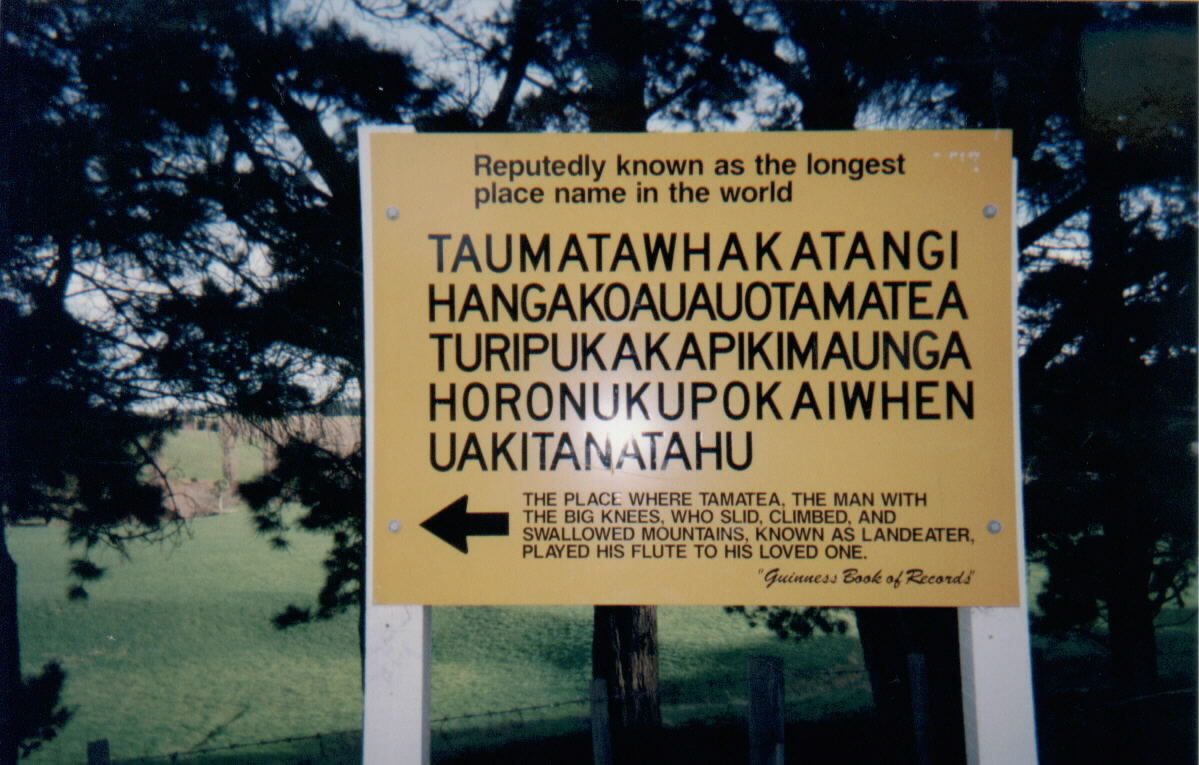|
Cognates
In historical linguistics, cognates or lexical cognates are sets of words that have been inherited in direct descent from an etymological ancestor in a common parent language. Because language change can have radical effects on both the sound and the meaning of a word, cognates may not be obvious, and it often takes rigorous study of historical sources and the application of the comparative method to establish whether lexemes are cognate. Cognates are distinguished from loanwords, where a word has been borrowed from another language. Name The English term ''cognate'' derives from Latin , meaning "blood relative". Examples An example of cognates from the same Indo-European root are: ''night'' ( English), ''Nacht'' ( German), ''nacht'' ( Dutch, Frisian), ''nag'' (Afrikaans), ''Naach'' ( Colognian), ''natt'' ( Swedish, Norwegian), ''nat'' ( Danish), ''nátt'' ( Faroese), ''nótt'' ( Icelandic), ''noc'' ( Czech, Slovak, Polish), ночь, ''noch'' ( Russian), ноќ, ''no ... [...More Info...] [...Related Items...] OR: [Wikipedia] [Google] [Baidu] [Amazon] |
Comparative Method
In linguistics, the comparative method is a technique for studying the development of languages by performing a feature-by-feature comparison of two or more languages with common descent from a shared ancestor and then extrapolating backwards to infer the properties of that ancestor. The comparative method may be contrasted with the method of internal reconstruction in which the internal development of a single language is inferred by the analysis of features within that language. Ordinarily, both methods are used together to reconstruct prehistoric phases of languages; to fill in gaps in the historical record of a language; to discover the development of phonological, morphological and other linguistic systems and to confirm or to refute hypothesised relationships between languages. The comparative method emerged in the early 19th century with the birth of Indo-European studies, then took a definite scientific approach with the works of the Neogrammarians in the late 19th� ... [...More Info...] [...Related Items...] OR: [Wikipedia] [Google] [Baidu] [Amazon] |
Etymological Relations Tree
Etymology ( ) is the study of the origin and evolution of words—including their constituent units of sound and meaning—across time. In the 21st century a subfield within linguistics, etymology has become a more rigorously scientific study. Most directly tied to historical linguistics, philology, and semiotics, it additionally draws upon comparative semantics, morphology, pragmatics, and phonetics in order to attempt a comprehensive and chronological catalogue of all meanings and changes that a word (and its related parts) carries throughout its history. The origin of any particular word is also known as its ''etymology''. For languages with a long written history, etymologists make use of texts, particularly texts about the language itself, to gather knowledge about how words were used during earlier periods, how they developed in meaning and form, or when and how they entered the language. Etymologists also apply the methods of comparative linguistics to reconstruct in ... [...More Info...] [...Related Items...] OR: [Wikipedia] [Google] [Baidu] [Amazon] |
Language Family
A language family is a group of languages related through descent from a common ancestor, called the proto-language of that family. The term ''family'' is a metaphor borrowed from biology, with the tree model used in historical linguistics analogous to a family tree, or to phylogenetic trees of taxa used in evolutionary taxonomy. Linguists thus describe the ''daughter languages'' within a language family as being ''genetically related''. The divergence of a proto-language into daughter languages typically occurs through geographical separation, with different regional dialects of the proto-language undergoing different language changes and thus becoming distinct languages over time. One well-known example of a language family is the Romance languages, including Spanish, French, Italian, Portuguese, Romanian, Catalan, and many others, all of which are descended from Vulgar Latin.Lewis, M. Paul, Gary F. Simons, and Charles D. Fennig (eds.)''Ethnologue: Languages ... [...More Info...] [...Related Items...] OR: [Wikipedia] [Google] [Baidu] [Amazon] |
Macedonian Language
Macedonian ( ; , , ) is an Eastern South Slavic language. It is part of the Indo-European languages, Indo-European language family, and is one of the Slavic languages, which are part of a larger Balto-Slavic languages, Balto-Slavic branch. Spoken as a first language by around 1.6 million people, it serves as the official language of North Macedonia. Most speakers can be found in the country and Macedonian diaspora, its diaspora, with a smaller number of speakers throughout the transnational Macedonia (region), region of Macedonia. Macedonian is also a recognized minority language in parts of Albania, Bosnia and Herzegovina, Romania, and Serbia and it is spoken by expatriate communities predominantly in Australia, Canada, and the United States. Macedonian developed out of the western dialects of the Eastern South Slavic dialect continuum, whose earliest recorded form is Old Church Slavonic. During much of its history, this dialect continuum was called "Bulgarian", although in t ... [...More Info...] [...Related Items...] OR: [Wikipedia] [Google] [Baidu] [Amazon] |
Afrikaans
Afrikaans is a West Germanic languages, West Germanic language spoken in South Africa, Namibia and to a lesser extent Botswana, Zambia, Zimbabwe and also Argentina where there is a group in Sarmiento, Chubut, Sarmiento that speaks the Patagonian Afrikaans, Patagonian dialect. It evolved from the Dutch language, Dutch vernacular of South Holland (Hollandic dialect) spoken by the free Burghers, predominantly Dutch settlers and slavery in South Africa#Dutch rule, enslaved population of the Dutch Cape Colony, where it gradually began to develop distinguishing characteristics in the 17th and 18th centuries. Although Afrikaans has adopted words from other languages including German language, German, Malay language, Malay and Khoisan languages, an estimated 90 to 95% of the vocabulary of Afrikaans is of Dutch origin. Differences between Afrikaans and Dutch often lie in the more analytic language, analytic Morphology (linguistics), morphology and grammar of Afrikaans, and differ ... [...More Info...] [...Related Items...] OR: [Wikipedia] [Google] [Baidu] [Amazon] |
Indo-European Languages
The Indo-European languages are a language family native to the northern Indian subcontinent, most of Europe, and the Iranian plateau with additional native branches found in regions such as Sri Lanka, the Maldives, parts of Central Asia (e.g., Tajikistan and Afghanistan), Armenia, and areas of southern India. Historically, Indo-European languages were also spoken in Anatolia. Some European languages of this family—English language, English, French language, French, Portuguese language, Portuguese, Russian language, Russian, Spanish language, Spanish, and Dutch language, Dutch—have expanded through colonialism in the modern period and are now spoken across several continents. The Indo-European family is divided into several branches or sub-families, including Albanian language, Albanian, Armenian language, Armenian, Balto-Slavic, Celtic languages, Celtic, Germanic languages, Germanic, Hellenic languages, Hellenic, Indo-Iranian languages, Indo-Iranian, and Italic languages, ... [...More Info...] [...Related Items...] OR: [Wikipedia] [Google] [Baidu] [Amazon] |
Dutch Language
Dutch ( ) is a West Germanic languages, West Germanic language of the Indo-European language family, spoken by about 25 million people as a first language and 5 million as a second language and is the List of languages by total number of speakers, third most spoken Germanic language. In Europe, Dutch is the native language of most of the population of the Netherlands and Flanders (which includes 60% of the population of Belgium). "1% of the EU population claims to speak Dutch well enough in order to have a conversation." (page 153). Dutch was one of the official languages of South Africa until 1925, when it was replaced by Afrikaans, a separate but partially Mutual intelligibility, mutually intelligible daughter language of Dutch. Afrikaans, depending on the definition used, may be considered a sister language, spoken, to some degree, by at least 16 million people, mainly in South Africa and Namibia, and evolving from Cape Dutch dialects. In South America, Dutch is the native l ... [...More Info...] [...Related Items...] OR: [Wikipedia] [Google] [Baidu] [Amazon] |
Ukrainian Language
Ukrainian (, ) is an East Slavic languages, East Slavic language, spoken primarily in Ukraine. It is the first language, first (native) language of a large majority of Ukrainians. Written Ukrainian uses the Ukrainian alphabet, a variant of the Cyrillic script. The standard language is studied by the National Academy of Sciences of Ukraine and Potebnia Institute of Linguistics. Comparisons are often made between Ukrainian and Russian language, Russian, another East Slavic language, yet there is more mutual intelligibility with Belarusian language, Belarusian,Alexander M. Schenker. 1993. "Proto-Slavonic", ''The Slavonic Languages''. (Routledge). pp. 60–121. p. 60: "[The] distinction between dialect and language being blurred, there can be no unanimity on this issue in all instances..."C.F. Voegelin and F.M. Voegelin. 1977. ''Classification and Index of the World's Languages'' (Elsevier). p. 311, "In terms of immediate mutual intelligibility, the East Slavic zone is a sin ... [...More Info...] [...Related Items...] OR: [Wikipedia] [Google] [Baidu] [Amazon] |
Norwegian Language
Norwegian ( ) is a North Germanic language from the Indo-European language family spoken mainly in Norway, where it is an official language. Along with Swedish and Danish, Norwegian forms a dialect continuum of more or less mutually intelligible local and regional varieties; some Norwegian and Swedish dialects, in particular, are very close. These Scandinavian languages, together with Faroese and Icelandic as well as some extinct languages, constitute the North Germanic languages. Faroese and Icelandic are not mutually intelligible with Norwegian in their spoken form because continental Scandinavian has diverged from them. While the two Germanic languages with the greatest numbers of speakers, English and German, have close similarities with Norwegian, neither is mutually intelligible with it. Norwegian is a descendant of Old Norse, the common language of the Germanic peoples living in Scandinavia during the Viking Age. Today there are two official forms of ''written'' ... [...More Info...] [...Related Items...] OR: [Wikipedia] [Google] [Baidu] [Amazon] |
Bulgarian Language
Bulgarian (; , ) is an Eastern South Slavic, Eastern South Slavic language spoken in Southeast Europe, primarily in Bulgaria. It is the language of the Bulgarians. Along with the closely related Macedonian language (collectively forming the East South Slavic languages), it is a member of the Balkan sprachbund and South Slavic languages, South Slavic dialect continuum of the Indo-European language family. The two languages have several characteristics that set them apart from all other Slavic languages, including the elimination of grammatical case, case declension, the development of a suffixed definite article, and the lack of a verb infinitive. They retain and have further developed the Proto-Slavic language, Proto-Slavic verb system (albeit analytically). One such major development is the innovation of evidentiality, evidential verb forms to encode for the source of information: witnessed, inferred, or reported. It is the official Languages of Bulgaria, language of Bulgar ... [...More Info...] [...Related Items...] OR: [Wikipedia] [Google] [Baidu] [Amazon] |
Word
A word is a basic element of language that carries semantics, meaning, can be used on its own, and is uninterruptible. Despite the fact that language speakers often have an intuitive grasp of what a word is, there is no consensus among linguistics, linguists on its definition and numerous attempts to find specific criteria of the concept remain controversial. Different standards have been proposed, depending on the theoretical background and descriptive context; these do not converge on a single definition. Some specific definitions of the term "word" are employed to convey its different meanings at different levels of description, for example based on phonology, phonological, grammar, grammatical or orthography, orthographic basis. Others suggest that the concept is simply a convention used in everyday situations. The concept of "word" is distinguished from that of a morpheme, which is the smallest unit of language that has a meaning, even if it cannot stand on its own. Words a ... [...More Info...] [...Related Items...] OR: [Wikipedia] [Google] [Baidu] [Amazon] |






